A cup of coffee can make or break your morning, setting the tone for the rest of your day. If you've ever wondered why your freshly brewed coffee doesn't taste as wonderful as the one from your favorite coffee shop, it's because of how the coffee bean is ground.

Grinding coffee is a critical step in the brewing process, as it impacts the flavor of your final cup. In this blog, we'll explore the importance of grinding coffee, the relationship between coffee grind size, brewing method, and the crucial role coffee grinders play in achieving the perfect cup of coffee.
The Importance of Grinding Coffee Beans

Grinding coffee beans increases the surface area of the coffee, allowing for a more efficient extraction of the coffee's flavors and aromas.
When a coffee bean is ground, they release oils and other compounds that give coffee its distinct flavor. These compounds are extracted when the grinding beans have a larger surface area.
Also, when you grind your coffee, it allows for more control over the brewing process. Adjusting the grind size lets you fine-tune the extraction process to achieve the desired flavor and aroma.
Grinding whole beans unlock the bean's volatile flavors. The size and number of particles produced during grinding determine the extraction time, and choosing the right grind size is crucial for achieving the desired taste and aroma in the cup.
In addition to the importance of grinding coffee beans, the quality of the beans also plays a crucial role in the flavor of your coffee.
A coffee roaster machine can help you roast your beans, allowing greater control over the roast level and resulting flavor. Different roasts produce different flavor profiles; finding the perfect roast for your tastes can take some experimentation.
Coffee Grind Guide
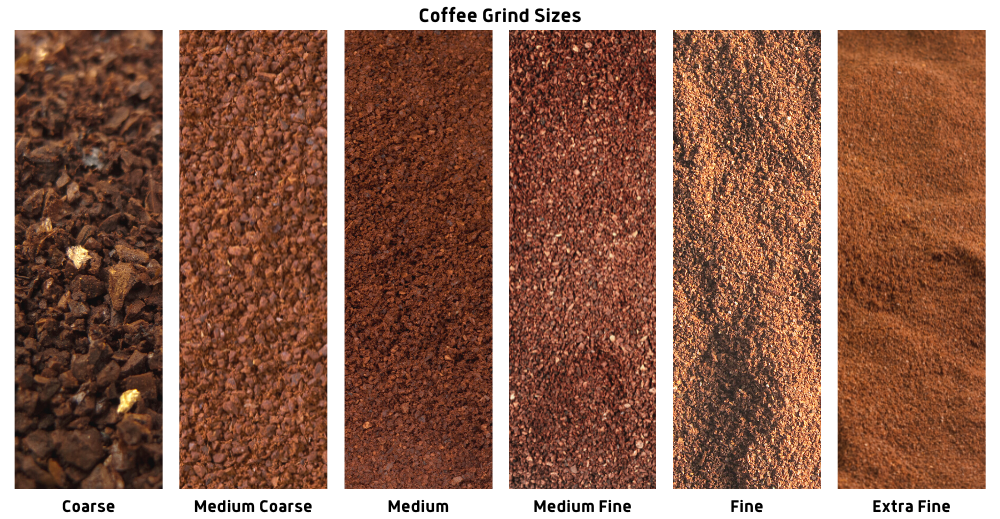
Coarse grind resembles sea salt or breadcrumbs in texture. It is ideal for brewing with longer extraction times, such as French press and cold brew. It allows for even extraction without over-extracting the coffee, which can lead to a bitter taste.
Medium coarse grind has a texture like rough sand. It is suitable for brewing like Chemex and other pour-over techniques using thick paper filters and allows for a balanced extraction, ensuring a flavorful coffee.
Medium grind looks like regular sand and is typically used for various brew methods, such as drip brewer and siphon coffee brewer. Medium grind provides a balanced extraction and is versatile enough to work well with many coffee makers.
Medium fine grind has a texture like granulated sugar. It is ideal for brewing methods like pour-over coffee makers that use a paper filter, as it allows for a more refined extraction than a coarser grind.
Fine grind has a consistency like powdered sugar. It is the preferred texture for Espresso and Moka pots, as the finer particles allow for a more concentrated extraction due to the higher pressure used in these brewing methods. This results in a strong and full-bodied coffee.
Extra fine grind, also known as Turkish grind, has a texture like flour and is the finest of all grind sizes. It is used exclusively for making Turkish coffee, combining grind coffee with water in a unique pot called a cezve or ibrik. This coffee grind provides a rich and robust coffee experience unique to Turkish brewing.
Choosing the Right Brewing Methods
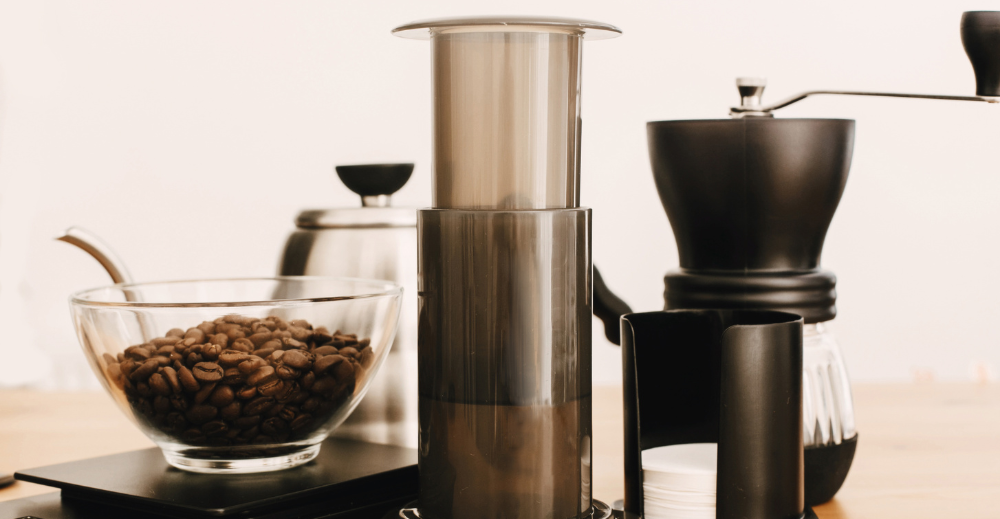
French Press Coffee
The French press is an immersion brewing that creates a rich, full-bodied coffee cup.
To brew French press coffee, add coarsely ground coffee to the press, pour boiling water over the grounds, and allow it to steep for about 4 minutes. After steeping, press the plunger down to separate the pre-ground coffee from the liquid, and then pour the brewed coffee into your cup.
To achieve optimal flavor, use a 1:15 coffee-to-water ratio and ensure the water temperature is between 195°F and 205°F. The recommended grind size for French press brewing is coarse.
Cold Brew
Cold brew coffee is a unique brewing that involves steeping coarse coffee grinds in cold water for an extended period (12 to 24 hours).
This process produces a concentrate that, once filtered to remove the grounds, can be diluted with water and served over ice for a refreshing beverage.
To achieve a strong concentrate, use a 1:4 coffee-to-water ratio and experiment with steeping times to find the ideal strength and flavor profile for your taste preferences.
The coarse coffee texture is recommended for cold brew coffee, as it allows for even extraction without over-extracting the coffee, resulting in a well-balanced and flavorful cup.
Pour-Over Coffee
Pour-over coffee is a famous artisan coffee brewing. Hot water is poured over grind coffee in a cone-shaped filter, allowing the water to extract the flavors as it flows through the grind coffee beans and into a container or cup below.
To achieve optimal brewing, use a 1:16 coffee-to-water ratio and pour the water pre-ground coffee in a slow, steady spiral motion to ensure even saturation of the coffee grounds. The ideal total brew time for pour-over coffee is 3 to 4 minutes, and a medium-fine grind size is recommended for the best extraction and flavor.
Siphon
Siphon brewing combines vacuum and immersion brewing techniques for a unique coffee experience. During the process, water is heated in a lower chamber, and as vapor pressure builds, it forces the water to rise into an upper chamber containing grind coffee. After a brief steeping period, the heat is removed, causing the brewed coffee to be drawn back into the lower chamber through a filter.
To optimize your siphon brewing, use a 1:16 coffee-to-water ratio. Control the heat source to maintain a consistent brewing temperature. The recommended grind texture for this brew method is medium-fine.
Moka Pot or Espresso
Moka pots or espresso create strong and concentrated coffee by forcing scalding water through finely-ground coffee using pressure. Moka pots rely on steam pressure, while espresso machines use a mechanical pump for higher pressure levels.
To achieve optimal brewing with Moka pots, use low heat and avoid over-packing the coffee grounds. For the espresso machine, maintain consistent tamping pressure and adjust the grind consistency to achieve a consistent grind and an extraction time of 25-30 seconds. Fine grind size or espresso grind is recommended for both brewing methods.
Turkish Coffee
Turkish coffee is a traditional brewing method that combines extra-fine ground coffee with water in a unique pot called a cezve or ibrik. To brew, the mixture is heated until it starts to froth and rise, at which point it's removed from the heat.
This process is repeated two or three times before pouring the coffee into small cups, allowing the grounds to settle at the bottom. To achieve the best results, use a 1:10 coffee-to-water ratio, stir the mixture well before heating, and avoid letting the coffee come to a full boil to prevent scorching and bitterness.
Types of Coffee Grinders
Burr grinder
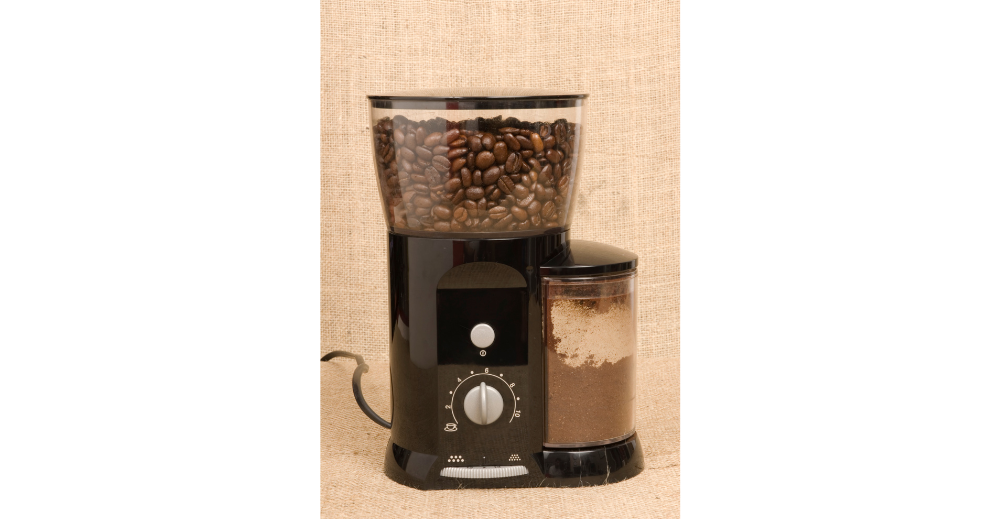
Burr grinders are the preferred choice for coffee lovers because they produce consistent medium coffee grinds. They operate by crushing whole beans between two abrasive surfaces that can be adjusted to achieve the desired grind level.
Blade grinder

A blade grinder is like a food processor, with a spinning blade to chop whole bean coffee into various sizes. While they are generally more affordable than burr grinders, they produce inconsistent grinds, leading to uneven extraction and a lousy taste. Blade grinders generate more heat during operation, affecting the coffee's flavor profile.
Manual grinders
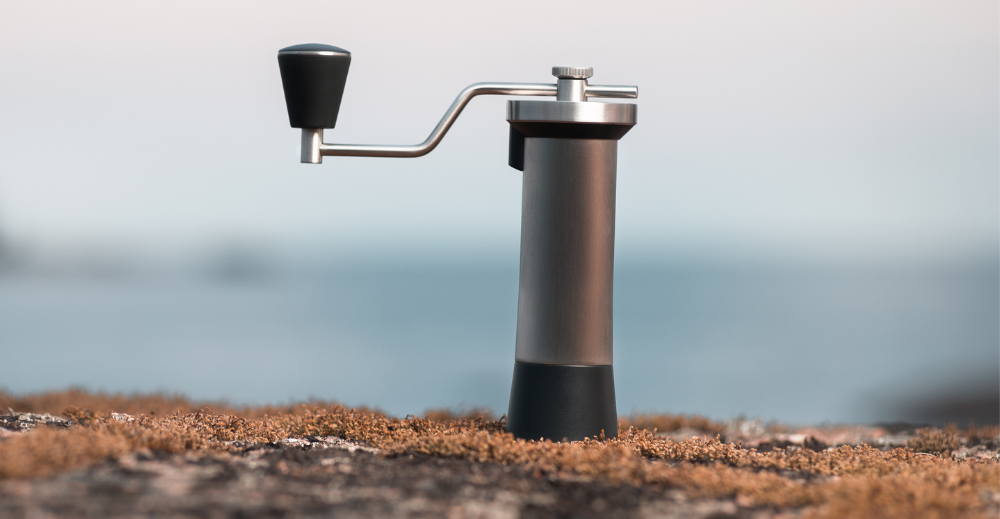
Manual grinders, or hand coffee grinder, needs physical effort to operate. They feature a crank that users turn to grind coffee beans between two burrs or plates.
The ground texture can be adjusted by altering the distance between the burrs. These grinders are also an excellent choice for those who want a grinder for occasional use, travel, or for brewing small amounts of coffee. A manual coffee grinder grind coffee beans without electricity or batteries.
Grinding Your Way to the Perfect Coffee Grind for Your Brew
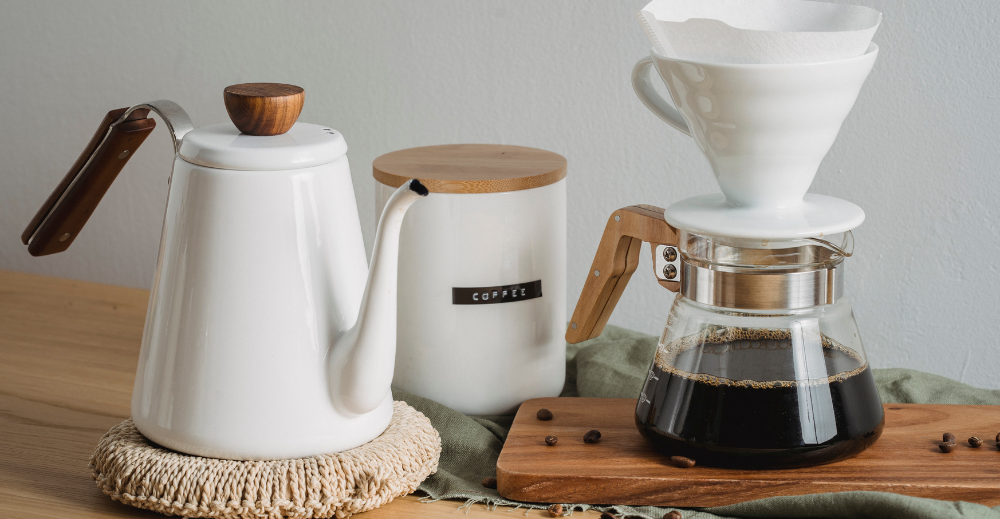
As you continue your coffee journey, remember that practice makes perfect; even minor adjustments can improve the taste of a great cup of coffee. Don't be afraid to experiment; this is often the best way to learn about great coffee and fine-tune your own coffee-making skills.
So, grab your coffee grinders, and start grinding today! Experiment and enjoy discovering the perfect coffee tailored for you.
For more coffee-grinding tips and high-quality coffee grinders, check out our blogs and collections at CoffeeRoast Co.
Happy brewing!





Dejar un comentario